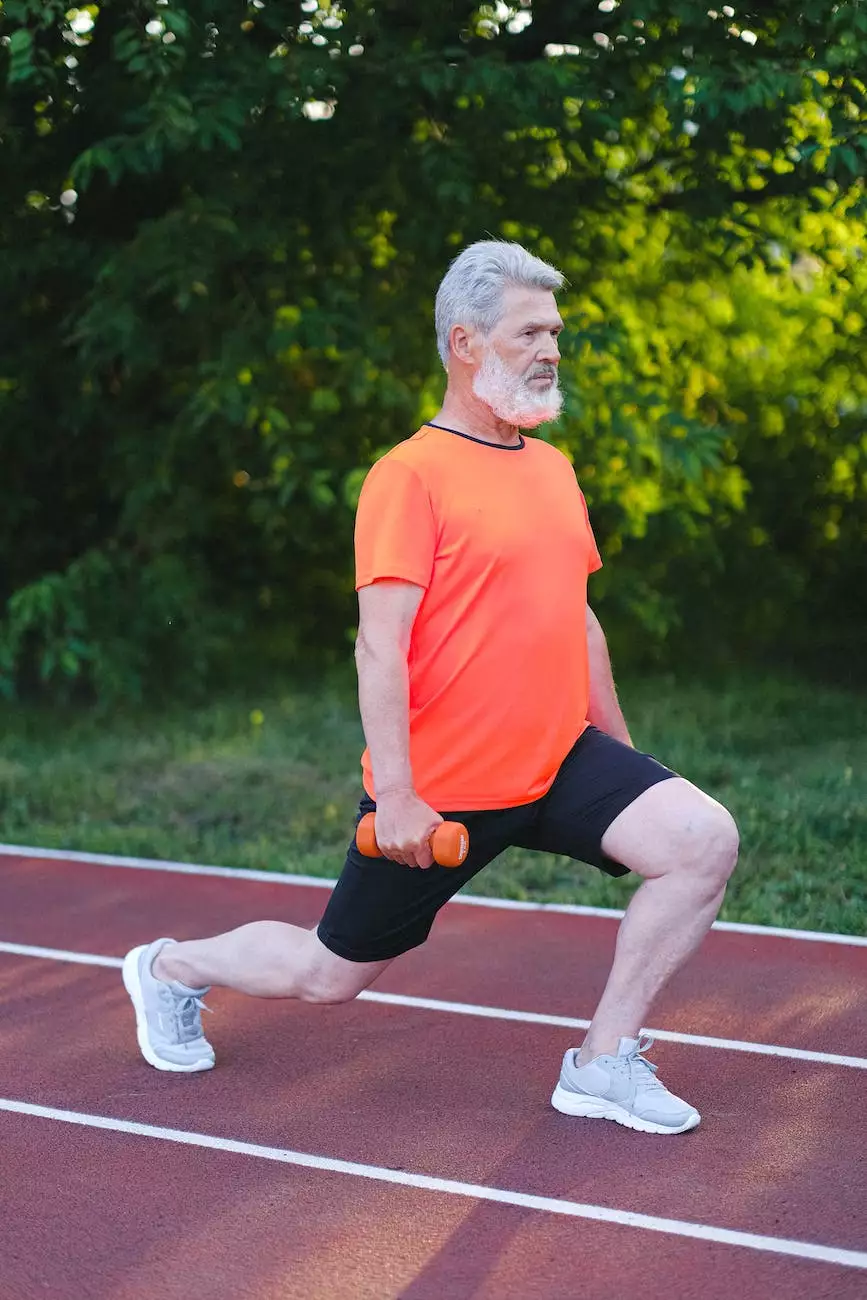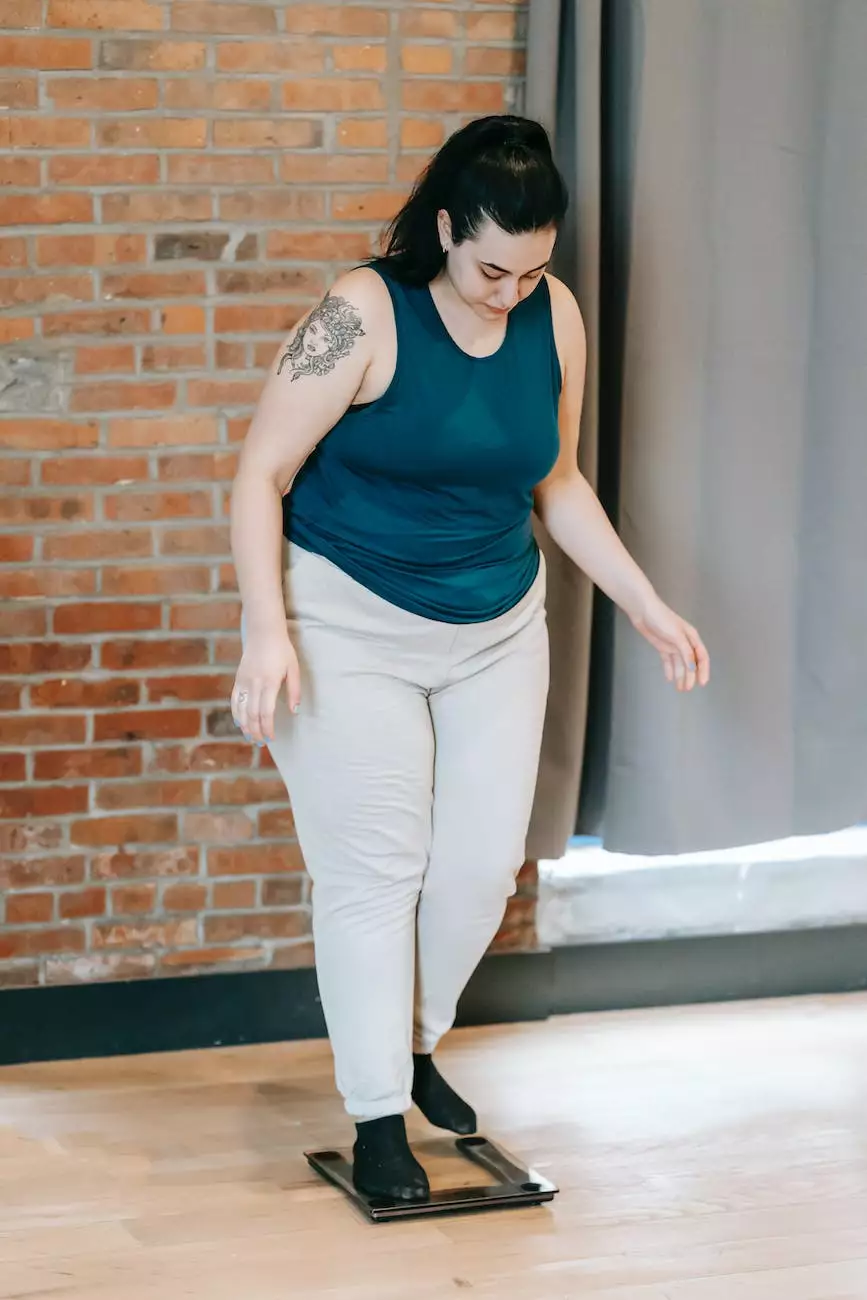Sarcopenia and Aging: Strength Exercises for Seniors
Services
Welcome to the dedicated page on Sarcopenia and Aging: Strength Exercises for Seniors, brought to you by Benjamin Shettell, MD in the Health category. Here, we will delve into the world of sarcopenia, its impact on aging individuals, and the importance of strength exercises in combating the muscle loss associated with this condition. Our aim is to provide you with comprehensive information and effective exercises to help you maintain and improve your overall strength and well-being as you age.
Understanding Sarcopenia
Sarcopenia refers to the progressive loss of muscle mass, strength, and function associated with aging. As individuals grow older, they naturally experience a decline in muscle size and strength. However, a sedentary lifestyle and inadequate nutrition can accelerate this process, leading to functional limitations and decreased quality of life.
The effects of sarcopenia extend beyond physical appearance; they impact overall health and functionality. Muscle loss can lead to an increased risk of falls and fractures, reduced mobility, and even metabolic disorders. Fortunately, targeted strength exercises can help slow down, reverse, and prevent the progression of sarcopenia.
The Importance of Strength Exercises for Seniors
Engaging in regular strength exercises offers a multitude of benefits for seniors. These exercises help to improve muscle mass, enhance strength, increase bone density, boost metabolism, improve balance and coordination, and enhance overall functional ability. By incorporating strength exercises into your routine, you can maintain your independence, reduce the risk of injuries, and enhance your overall quality of life.
Exercise Guidelines for Seniors
Before initiating any exercise program, it is important to consult with a healthcare professional, such as Benjamin Shettell, MD, to ensure it is tailored to your specific needs and medical considerations. However, in general, here are a few exercise guidelines for seniors:
- Frequency: Aim for strength exercises at least two to three times per week.
- Intensity: Start with light to moderate weights and gradually progress as you gain strength and confidence.
- Duration: Complete each exercise for 8-12 repetitions and 2-3 sets.
- Balance: Include exercises that focus on balance and coordination to reduce the risk of falls.
- Rest: Allow adequate rest between exercises and ensure you listen to your body to prevent overexertion or injury.
Strength Exercises to Combat Sarcopenia
1. Squats
Squats are an excellent exercise to target the muscles in your legs and buttocks. To perform a squat:
- Stand with your feet shoulder-width apart.
- Slowly lower your body as if you were sitting back into a chair.
- Keep your knees aligned with your toes and your back straight.
- Rise back up to standing position.
2. Push-ups
Push-ups are a classic exercise that engages multiple muscle groups, including your chest, shoulders, and arms. Here's how to perform a modified push-up:
- Start on your hands and knees, maintaining a straight line from your head to your knees.
- Lower your upper body towards the ground, bending your elbows.
- Push back up to the starting position, keeping your core engaged.
3. Standing Calf Raises
Standing calf raises target the muscles in your lower legs. Follow these steps:
- Stand with your feet shoulder-width apart, near a wall or sturdy support for balance.
- Raise onto your tiptoes, lifting your heels off the ground.
- Hold for a moment and slowly lower your heels back down.
- Repeat for the desired number of repetitions.
4. Resistance Band Rows
Resistance band rows help strengthen the muscles in your upper back. Here's how:
- Securely anchor the band to a stable object at waist height.
- Hold the band with both hands, palms facing each other.
- Step back, creating tension in the band, and keep your feet shoulder-width apart.
- Pull the band towards your body while squeezing your shoulder blades together.
- Slowly release and repeat.
Conclusion
As we age, it is crucial to prioritize our physical strength and well-being. Sarcopenia, the age-related loss of muscle mass, can significantly impact our overall health. However, by incorporating regular strength exercises into our routine, we can combat the effects of sarcopenia, improve muscle strength, and enhance our overall quality of life. Remember, before starting any exercise program, consult with a professional such as Benjamin Shettell, MD, to ensure it is suitable for your specific needs and abilities. Take charge of your health and embrace the benefits of strength exercises to age gracefully and maintain your independence.




